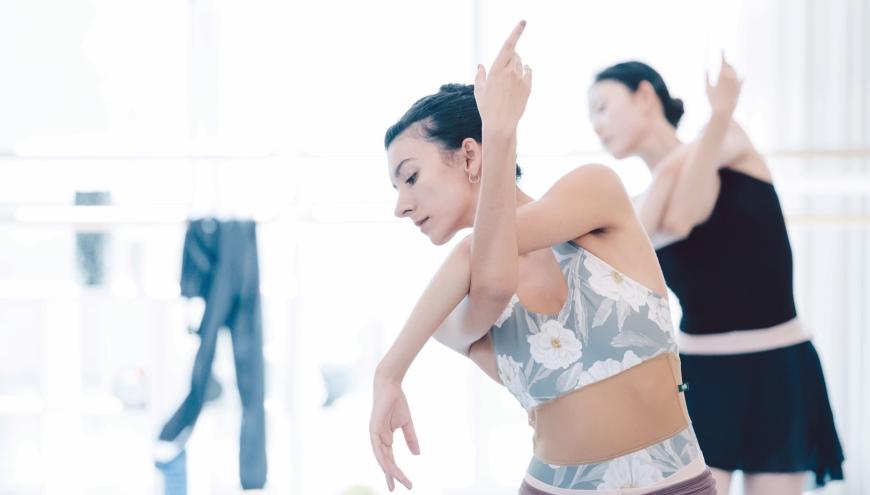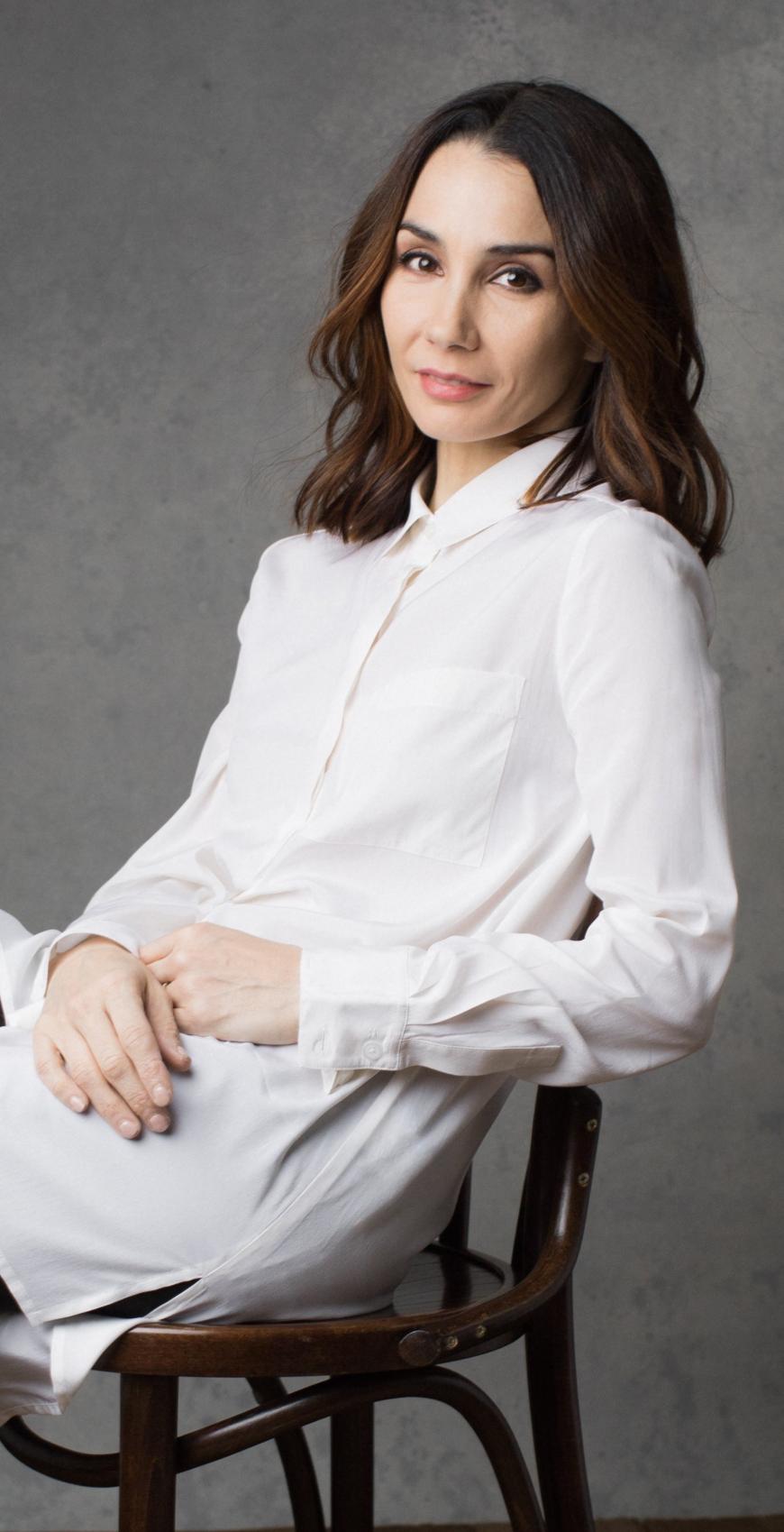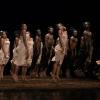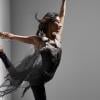
The second program of San Francisco Ballet’s 91st season, “British Icons,” opens this week and runs through Feb. 15. The double bill will showcase works by two of England’s greatest choreographers: Frederick Ashton’s Marguerite and Armand and Kenneth MacMillan’s Song of the Earth. With scores by Franz Liszt and Gustav Mahler, respectively, these ballets will sweep audiences away with their Romantic music just in time for Valentine’s Day.
Ashton worked with his muse, dancer Margot Fonteyn, for over four decades at what began as the Vic-Wells Ballet and would ultimately become The Royal Ballet. After Fonteyn began a partnership with Rudolf Nureyev in 1962, Ashton was inspired to create a ballet for the phenomenal couple. In 1963, borrowing the story of La Dame aux Camélias by Alexandre Dumas fils, Ashton turned Margot into Marguerite and Rudi into Armand. After the two dancers’ last performance of the work in 1977, Ashton never wanted any other dancers to perform it. No one performed it again until 2000, when Sylvie Guillem agreed to take it on. Tamara Rojo, recently appointed artistic director of SF Ballet, was dancing with The Royal Ballet when she and partner Sergei Polunin became some of the few artists to have the privilege of interpreting Marguerite and Armand.
MacMillan’s choreography stretches over a very broad range, spanning everything from The Sleeping Beauty to The Rite of Spring. Over the years, SF Ballet has shown just two of his ballets, which couldn’t have been further apart in style. One was The Invitation, the horrifying tale of the seduction and rape of a young girl, and the other was Elite Syncopations, a lighthearted skip-around accompanied by some of the best ragtime tunes to be found. Now, it’s Song of the Earth.
In a phone interview, Rojo explained why she put Ashton’s and MacMillan’s pieces together. “I obviously want to introduce this work to the audience,” she said. “I just felt that it was, for many reasons, the right combination. I want to move [the audience] a little bit through the British style. Ashton is theatrical, but Marguerite and Armand is still a more traditional ballet style of performance, with certain qualities of naturalism that Margot brought [to it] because she was an incredibly gifted artist and actress. And even though she was very classical, she also had the ability to make it look incredibly natural. Her performance was never affected. She could die in fifth position because it seemed natural to her.
“Lynn Seymour, David Wall, and Anthony Dowell [the dancers at that time] were all into the Stanislavsky style of performance. They were a different generation,” Rojo said. “To get into the English style, you need to take some steps.”

And Ashton is a perfect introduction to MacMillan. “[MacMillan] has so many extraordinary works,” Rojo said, “so it’s difficult to choose one or another, but I do find that Song of the Earth, while having a certain underlying narrative, it also has an abstract quality to it that I think really fits both the dancers of [SF Ballet] and the American style of dancing. I thought the dancers would be able to adapt to it quicker than something like Manon [another MacMillan ballet], which is very much in an English theatrical style. I also thought it was a very technically demanding work. [Song of the Earth is] a very difficult work musically and choreographically, but I felt it was right for this company, for the orchestra, for all the artists of the company, that they could step up to this challenge right now.”
Asked if she feels she is educating the ballet audience by introducing new works, Rojo responded, “I don’t consider myself or my role to be an educator to the audience. I don’t feel that I know better than they do, if you know what I mean. I want to make seasons that make sense to us, that make sense to San Francisco.”
Rojo knows that Fonteyn and Nureyev have a connection to San Francisco history. They performed here in 1967, on tour with The Royal Ballet in Roland Petit’s Paradise Lost. Then they got arrested after showing up to a party in Haight-Ashbury where others were smoking marijuana. The charges were subsequently dropped.
Rojo hopes to connect MacMillan’s work to the city in a different way. “What makes sense to me is the huge population of Asian people we have in the Bay Area. Song of the Earth is based on Chinese poems, and the stylized choreography uses some aspects of Noh, Japanese theater, and kabuki. I felt also that this would attract perhaps an audience that is interested in those Asian art forms.
“The experience we’ve just had with Mere Mortals, which sold out, makes me feel quite encouraged that it’s a really open audience, really open to something different. When I created [‘British Icons’], I didn’t think, ‘I’m going to put this [in the season] for the more traditional audience.’ I thought, ‘I’m going to put this for the artists of the company, to help develop them.’ And these are pieces that I think American audiences will enjoy because they are relevant to the people that live here.”



